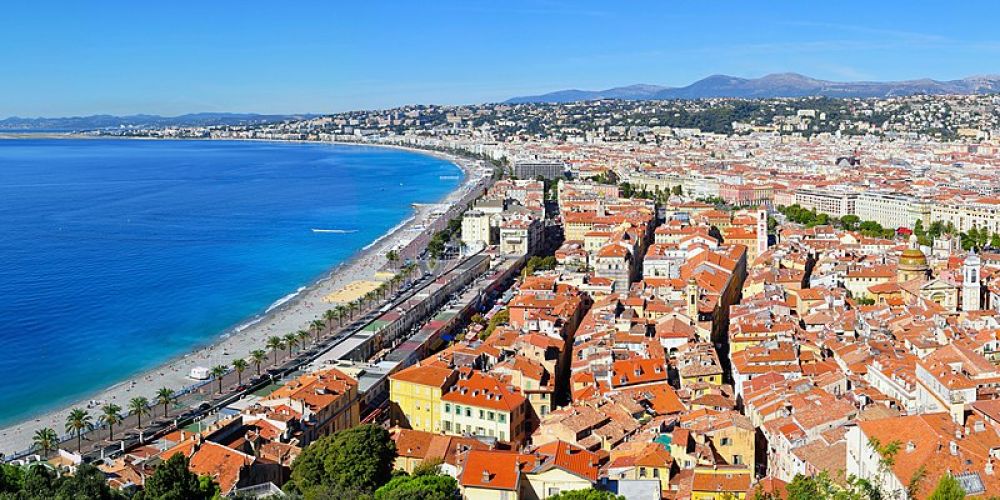

The picturesque city of Nice, nestled on the French Riviera, has a long and rich history in tourism that dates back to the latter part of the 18th century. It began when an increasing number of aristocratic families from across Europe started to winter in the mild climate of the Mediterranean coast. By the 19th century, Nice had become a retreat for British nobility, with the construction of the famous Promenade des Anglais, named after these English visitors.
Initially, Nice was a quiet retreat for the health-conscious elite who were in search of the healing properties of the sea air and warmer winter climates. The arrival of the railway in the mid-19th century marked a significant turn in accessibility, allowing for a greater influx of visitors, including Queen Victoria of Britain, who would spend lengthy sojourns enjoying the climate and views of Nice.
With the Belle Époque period, from the end of the 19th century to the beginning of World War I, Nice saw an increase in opulent hotels and villas to accommodate the fashionable classes. Majestic palaces like the Excelsior Hotel Regina and the Hotel Negresco opened their doors, cementing Nice as a prestige destination for the international jet set.
After World War II, advances in transportation, especially with the popularization of commercial flights, transformed tourism into a mass phenomenon. Nice, with its warm climate, stunning coastline, and vibrant cultural life, began to attract a much broader audience. The advent of holiday packages and increased car ownership in the 1950s and 1960s further diversified the tourist profile visiting Nice.
In recent years, Nice has seen a surge in "experiential tourism," with travelers seeking more meaningful, authentic, and sustainable experiences. The city has responded by promoting its rich artistic heritage, local gastronomy, and a broadened calendar of cultural festivities that go beyond the beach-focused holidays.
Tourism today also leverages Nice's diverse natural landscapes; from the pebble beaches to the nearby Alps, offering a range of activities appealing to adventurers, sun-seekers, and cultural enthusiasts alike. The city continues to be a hotspot for conventions and business meetings, bolstered by the modern amenities of the Acropolis Convention and Exhibition Center.
In line with global trends, Nice is actively making strides toward sustainable tourism. This includes protecting its natural environment, promoting eco-friendly transportation options, such as the widespread network of electric trams and bikes, and supporting local businesses and artisans.
As a timeless French jewel, Nice continues to revitalize its tourism sector, thanks in part to the Nice Côte d'Azur Airport's expansion, making it the third busiest airport in France, attracting even more international visitors. With its enduring appeal, embracing both tradition and innovation, Nice's tourism sector seems poised for continual growth in the years ahead.